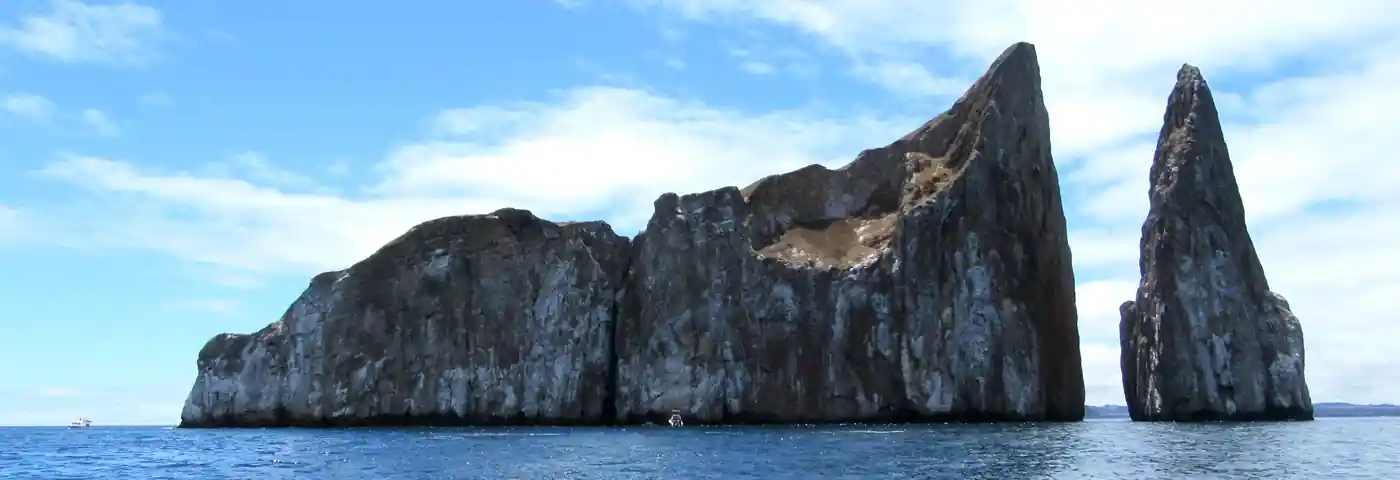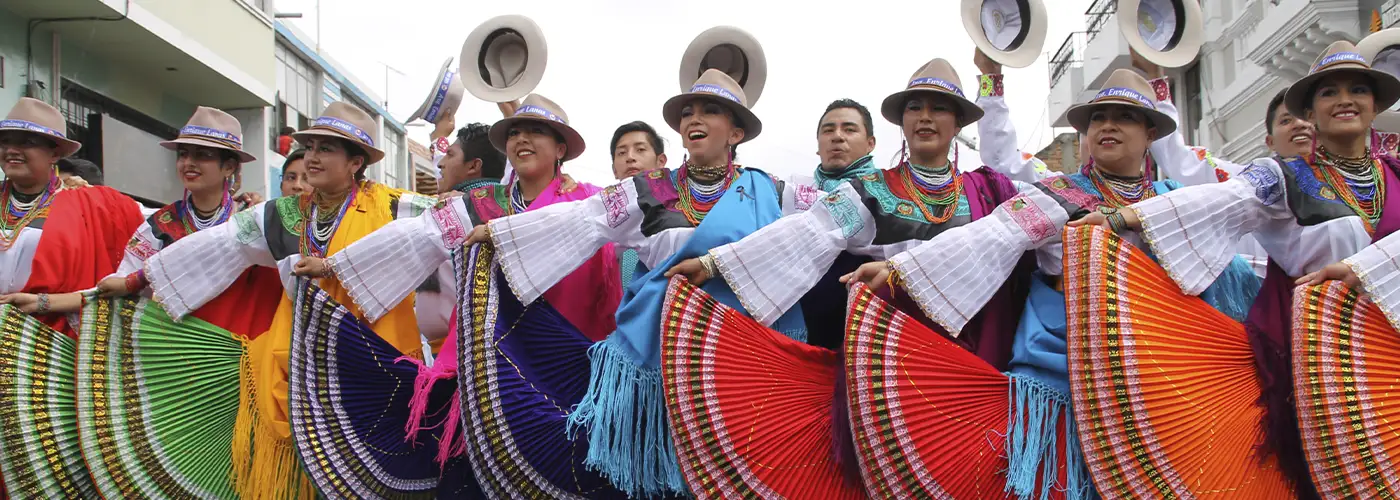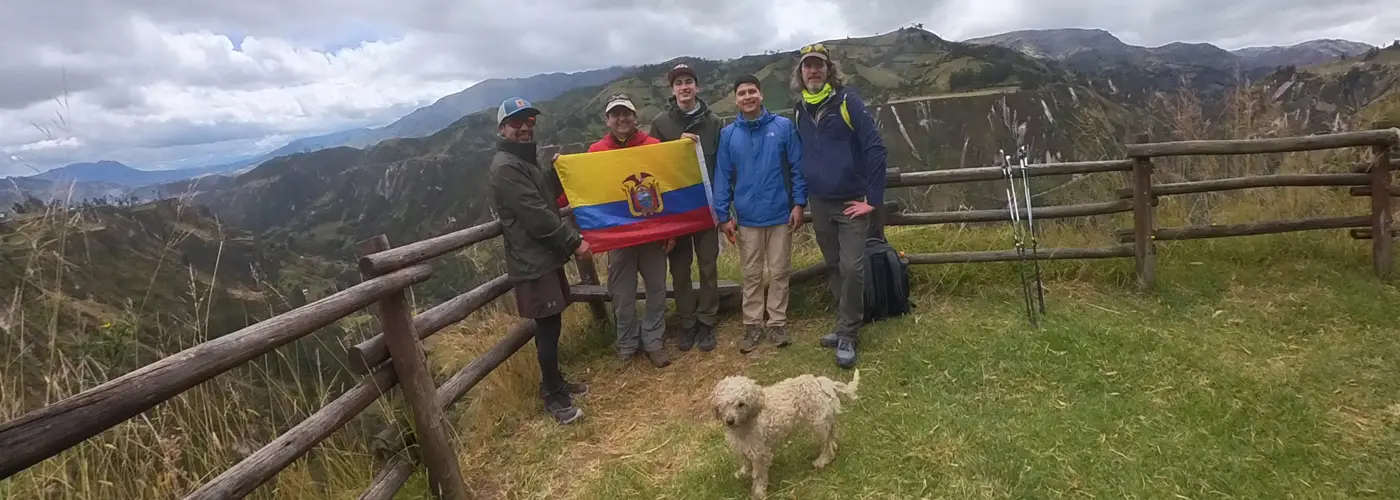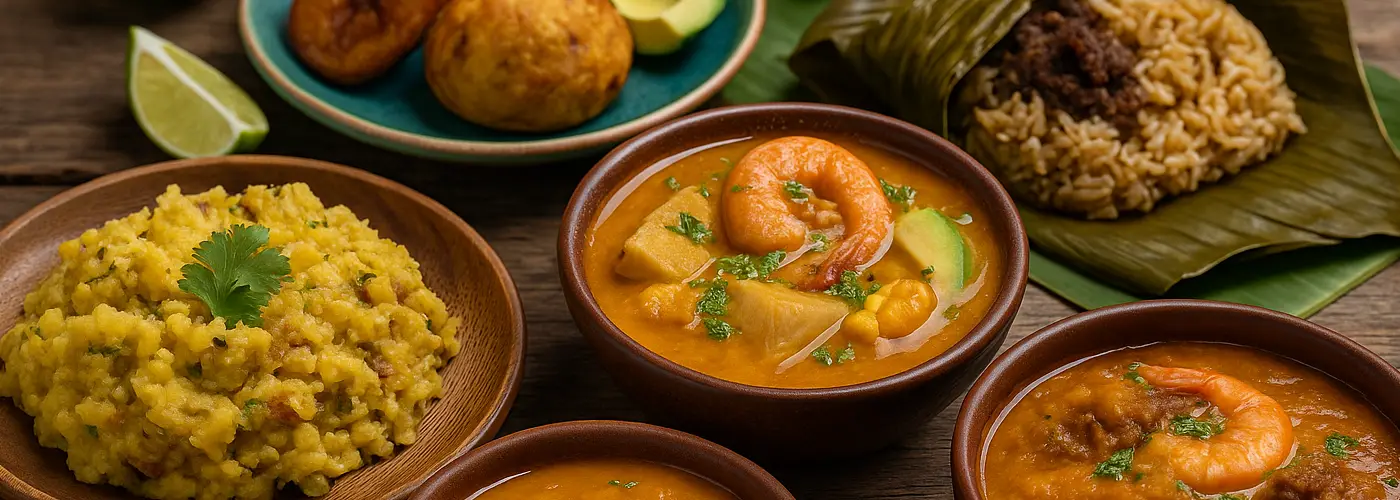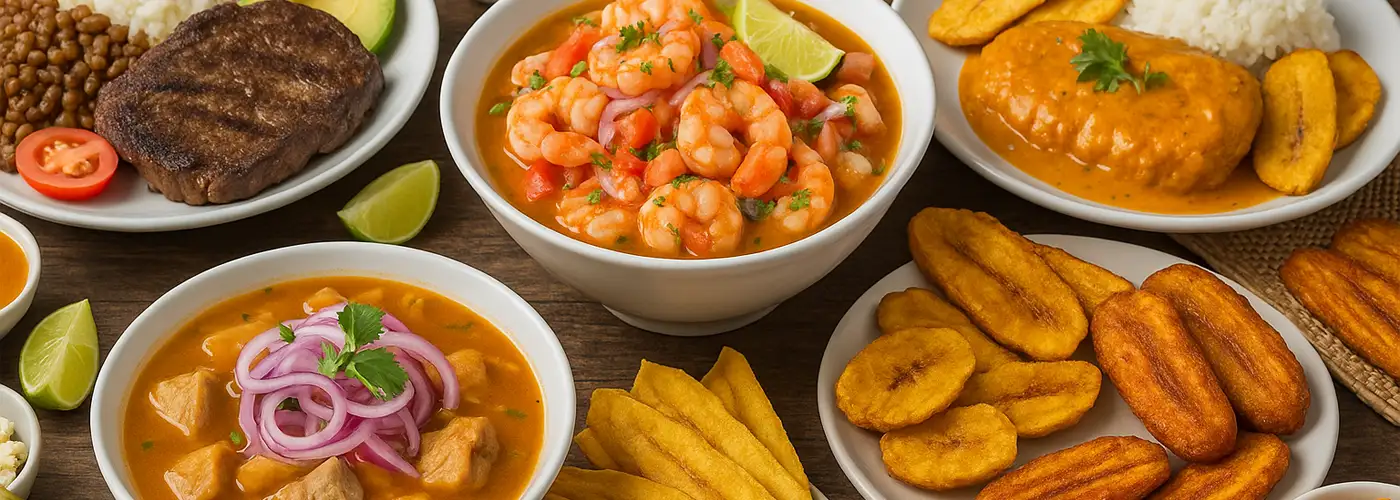
Ecuador’s Pacific coast is a vibrant tapestry of flavors, where the ocean, rivers, and fertile lands meet to create one of South America’s most diverse and authentic culinary traditions.
In this second part of our culinary journey, we continue exploring the rich coastal cuisine of Ecuador — discovering dishes that showcase the creativity, history, and soul of its people.
If you haven’t read the first part yet, start with “Ecuadorian Coastal Cuisine: 6 Must-Try Dishes” — a delicious introduction to the country’s coastal flavors.
7. Tonga: The Afro-Ecuadorian Flavors Wrapped in Banana Leaves
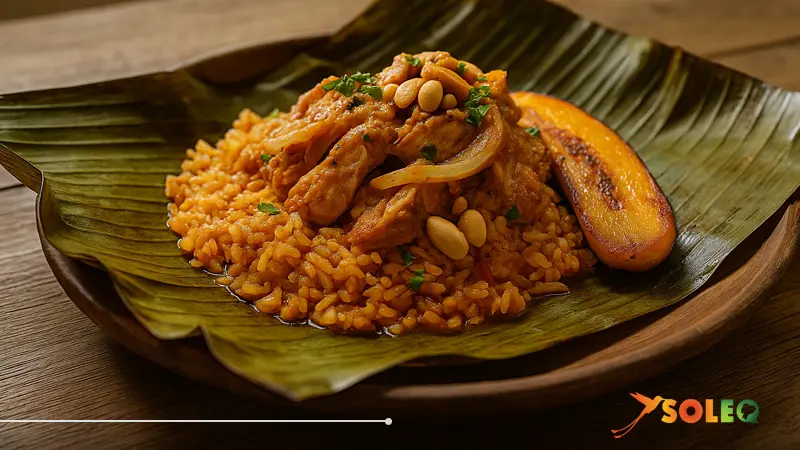
History of the Tonga
Originally from the province of Esmeraldas, tonga is a beloved expression of Afro-Ecuadorian heritage. The name comes from a local term meaning “wrapped food,” reflecting its traditional preparation method. Passed down through generations, it represents a culinary bridge between ancestral African roots and Ecuador’s coastal identity.
Traditional Ingredients & Preparation
Tonga is made with rice, pork (or chicken), pancetta, onions, garlic, peppers, tomato, cumin, annatto (achiote), and fresh cilantro. The mixture is wrapped in banana leaves and steamed, allowing the ingredients to blend beautifully while keeping the dish moist and flavorful.
Accompaniments and Variations
It’s typically served with a fresh salad, avocado, and fried plantains (either green patacones or sweet maduros). Some versions include mixed meats or a vegetarian twist featuring vegetables instead of meat.
8. Viche: The Creamy Coastal Stew That Warms the Soul
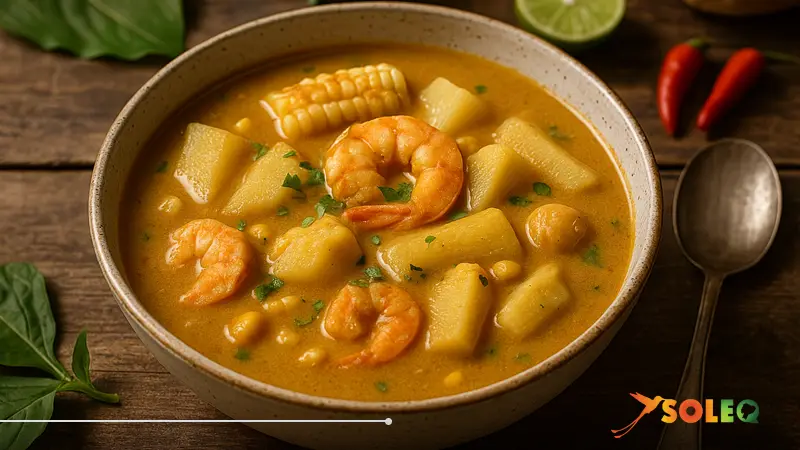
History of the Viche
Deeply rooted in the Afro-Ecuadorian communities of the coast, viche is a comforting seafood stew prepared with fresh, local ingredients and coconut milk. It was originally made with seafood caught daily, but today it can also include chicken, pork, or vegetarian variations.
Traditional Ingredients & Preparation
Typical ingredients include assorted seafood (shrimp, clams, mussels, and white fish), cassava (yuca), onions, garlic, peppers, tomatoes, and coconut milk. Seasoned with cumin, annatto, and cilantro, viche delivers a creamy texture and a rich, ocean-inspired aroma.
How It’s Served
It’s often enjoyed with white rice, fried plantains, and avocado slices — a comforting and wholesome reflection of coastal Ecuadorian gastronomy.
9. Bolón de Verde: Ecuador’s Energizing Plantain Power Bite
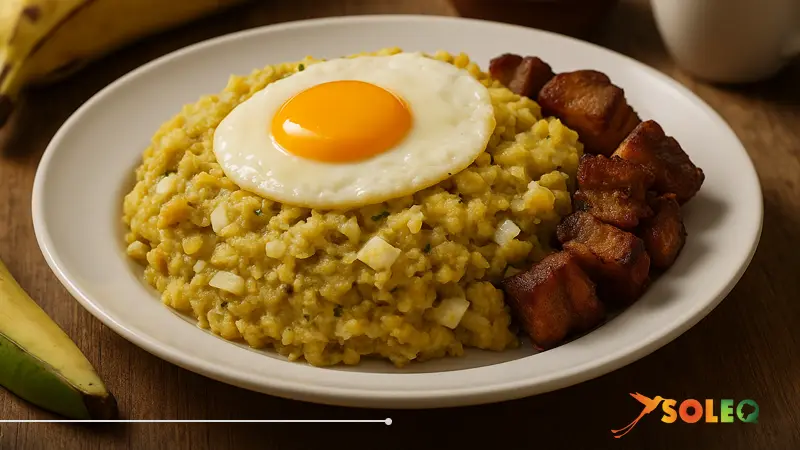
The Story Behind the Bolón
The bolón de verde — a classic made from green plantains — is one of Ecuador’s most iconic dishes. Popular across both the coast and the highlands, it’s often eaten for breakfast but is satisfying at any time of day.
How It’s Made
Fried plantains are mashed and mixed with fresh cheese, pork cracklings (chicharrón), or both, forming a hearty ball that’s crispy outside and soft inside.
Serving Suggestions and Variations
Served with eggs, salad, or ají (Ecuadorian chili sauce), the bolón is versatile and filling. Variants include the mixed bolón (cheese and meat) and a vegetarian version made only with cheese — both equally delicious and energy-packed.
10. Tigrillo de Verde: The Savory Breakfast Born by the Sea

Origins of the Tigrillo
Popular in southern coastal towns, tigrillo is another plantain-based breakfast dish whose name loosely translates to “little tiger.” The name likely refers to its speckled appearance once mashed with ingredients like cheese, onion, and pork.
Ingredients and Flavor
Made with green plantains, fresh cheese, chicharrón, tomato, peppers, onion, and cilantro, this dish achieves a creamy consistency that’s both savory and slightly smoky.
How to Enjoy It
Tigrillo is best served with fried eggs, avocado, fresh salad, and a touch of ají. Variations may include beef or even bacon for a richer flavor — though the traditional version remains a coastal favorite.
11. Cazuela de Mariscos: A Creamy Seafood Symphony from Ecuador’s Coast
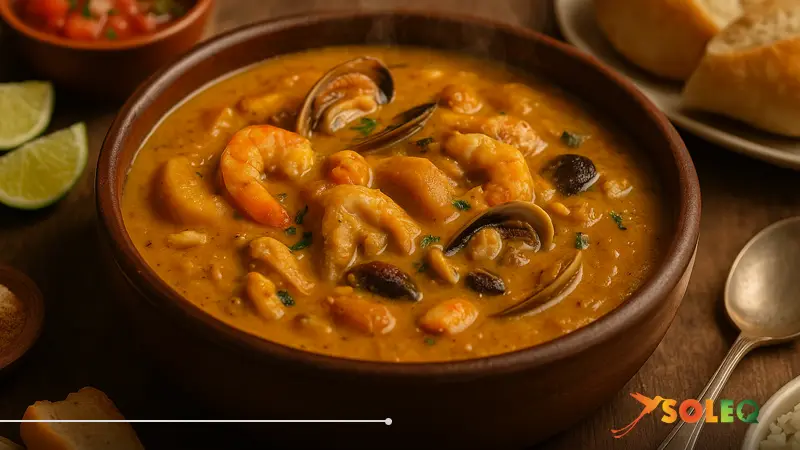
History of the Cazuela
The cazuela is a hearty stew that embodies the coastal spirit of Ecuador. Named after the clay pot (cazuela) in which it’s cooked, this dish combines the freshness of seafood with the comfort of coconut milk or peanut sauce, producing a thick, flavorful base.
Main Ingredients
Typical cazuelas use white fish such as corvina or mahi-mahi, along with shrimp, clams, mussels, and calamari. The stew is slow-cooked with yuca, onion, tomato, garlic, peppers, coconut milk, and spices like cumin and achiote, achieving a rich and aromatic finish.
Serving and Variations
It’s commonly served with white rice, fried plantains, avocado, and ají. The most popular versions are the mixed seafood cazuela and the fish-only cazuela, both perfect for sharing with family or friends by the sea.
A Taste of the Ecuadorian Coast
From the delicate wrapping of tonga to the creamy comfort of viche and cazuela, Ecuador’s coastal cuisine celebrates diversity, creativity, and ancestral knowledge.
Each dish tells a story — of community, of resilience, and of a deep connection to the ocean and land.
Craving more flavors from the Pacific coast?
Don’t miss the first part of this article — “Ecuadorian Coastal Cuisine: 6 Must-Try Dishes” — to discover the essential flavors that started this delicious journey.



